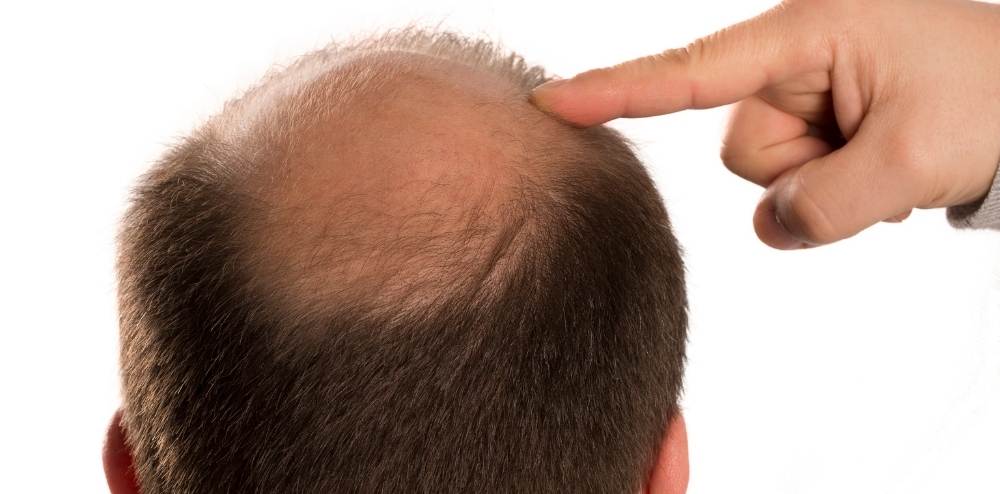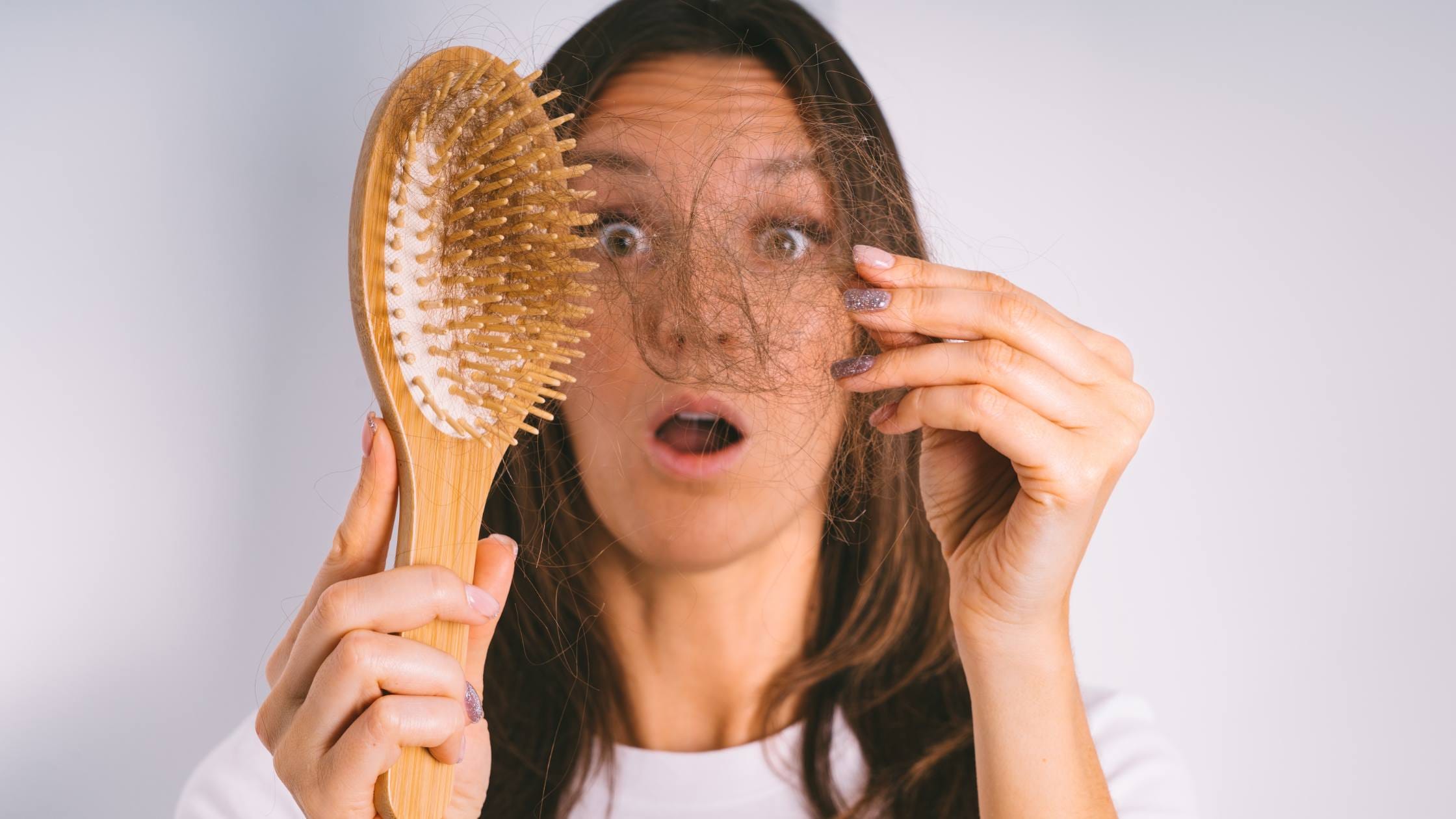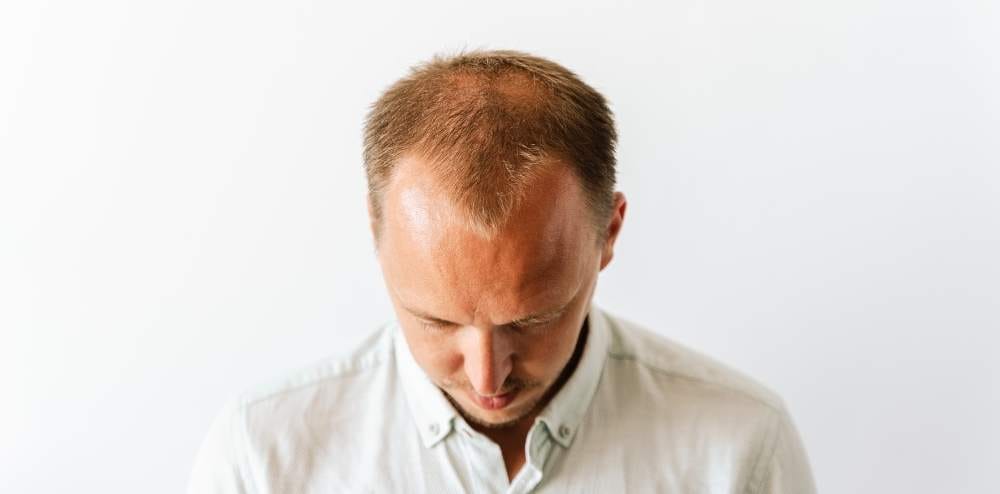Hair loss is a common problem that affects many people, both men and women, of all ages. While it is normal to lose some hair every day, excessive hair loss can be a source of concern for many people. There are many different factors that can contribute to hair loss, from genetics and lifestyle factors to medical conditions and treatments. In this blog post, we’ll explore the different factors that contribute to hair loss and how to address them.
Factors That Contribute to Hair Loss:
Genetics: Genetics play a significant role in hair loss. Androgenetic alopecia, also known as male or female pattern baldness, is the most common type of hair loss and is hereditary. If your family members have a history of hair loss, you are more likely to experience it as well.
Hormonal changes: Hormonal changes can also contribute to hair loss. Pregnancy, menopause, and thyroid disorders are all conditions that can cause hormonal imbalances and lead to hair loss.
Medical conditions: Certain medical conditions such as alopecia areata, scalp infections, and autoimmune disorders can cause hair loss.
Medications: Certain medications such as chemotherapy drugs, blood thinners, and antidepressants can cause hair loss as a side effect.
Nutritional deficiencies: Nutritional deficiencies in iron, zinc, vitamin D, and B vitamins can contribute to hair loss.
Hairstyles and treatments: Certain hairstyles and hair treatments such as tight braids, weaves, and chemical treatments can cause hair loss.
How to Address Hair Loss:
Consult with a hair loss specialist: The first step in addressing hair loss is to consult with a hair loss specialist. A specialist can evaluate your hair loss and recommend appropriate treatments to help address the condition.
Use hair loss treatments: There are many different hair loss treatments available, including topical minoxidil, oral finasteride, and low-level laser therapy. These treatments work by either promoting hair growth or preventing further hair loss.
Hair transplant surgery: Hair transplant surgery is a more invasive option for individuals with advanced hair loss. This procedure involves taking hair follicles from one part of the scalp and transplanting them to the balding areas.
Address underlying health issues: Addressing underlying health issues that contribute to hair loss is crucial to prevent further hair loss. Nutritional deficiencies can be addressed by taking supplements, while medical conditions may require medical intervention.
Adjust your lifestyle: Making certain lifestyle changes can also help address hair loss. Reducing stress levels, eating a healthy diet, and avoiding tight hairstyles and hair treatments can all help promote healthy hair growth.
Hair loss can be a significant source of stress and insecurity for many individuals. While there are many different factors that contribute to hair loss, there are also many different ways to address the condition. Consult with a hair loss specialist to determine the best course of action for your specific needs. Whether it’s using hair loss treatments, undergoing hair transplant surgery, addressing underlying health issues, or adjusting your lifestyle, there are many different ways to address hair loss and promote healthy hair growth. Don’t let hair loss affect your self-esteem and confidence – take action and address the condition today.



